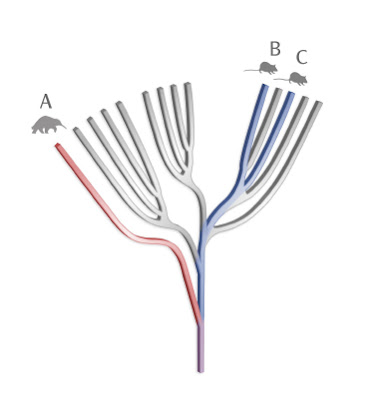An MP of Owl: The BTO's Tawny Owl Point Survey
Owls are undoubtedly one of the most
charismatic and popular groups of species we have in the UK. From the diminutive little owl, through the
ghostly barn owl to the twit-twooing tawny owl, all regularly feature near the
top of the list of people’s favourite species. The barn owl came 2nd
in the 2015 poll to find the nation’s national bird (https://www.votenationalbird.com/),
behind the robin, which, if we’re honest, was never going to loose. And the
collective noun for a group of owls is surely one of the best: a parliament of
owls.
Tawny owl
There’s 6 owl species that can be found
wild within the UK: tawny owl, barn owl, little owl, short eared owl, long
eared owl and eagle owl. Tawny owls are synonymous with the night and are
commonly used in TV shows to symbolize nighttime. When a dark sky and a bright
moon might not be enough, adding the hooting of a tawny owl, maybe coupled with
the barking of a fox, makes sure viewers know its late and potentially spooky. The
infamous twit-twoo of the tawny owl is actually made by 2 birds: the twit (or
kee-wit) is made by the female while the twoo is made by the male. Therefore if
you hear a twit-twoo, there’s a pair of birds nearby.
We actually know relatively little about
how tawny owls are doing in the UK. While they’re counted as part of the
British Trust for Ornithology (BTO) core monitoring schemes, the vast majority
of counts submitted are carried out during the day and so aren’t ideal for
surveying a predominantly nocturnal species. That’s why the BTO are currently
running the Tawny Owl Point Survey. The aim of this survey is to characterise
the tawny owl population in Britain through a national structured survey. The
results will be compared with surveys carried out in the autumns of 1989 and
2005 to give an idea of how the tawny owl population is faring.
This survey is structured as a series of
6,000 tetrads distributed across the country. The tetrads are divided into high
priority and low priority squares and as many as possible will be assigned to volunteers.
It’s a real Citizen Science approach, so anyone can sign up for a square. Once
you’ve been assigned a tetrad, you simply need to visit that tetrad on 1-3 (preferably
at least 2) evenings before the 15th October and count the number of
tawny owls you hear within 2 consecutive 10 minute periods. And divide the owls
you hear into females (twit) and males (twoo). Naturally, you may not find owls
within your tetrad, but understanding where owls aren’t is just as important as
understanding where owls are.
If you do find tawny owls within your
survey area, there’s a good chance they’ll still be there for the next rounds
of the survey in spring and autumn 2019, as tawny owls will typically stay
within the same territory year round.
In my visits to my tetrad so far, it’s fair
to say I haven’t exactly had a parliament of owls calling. In fact, I haven’t
yet had a single MP. The only nocturnal animal that has put in an appearance
has been a hedgehog, but given their recent population decline, that’s still
been nice to see.





Comments
Post a Comment